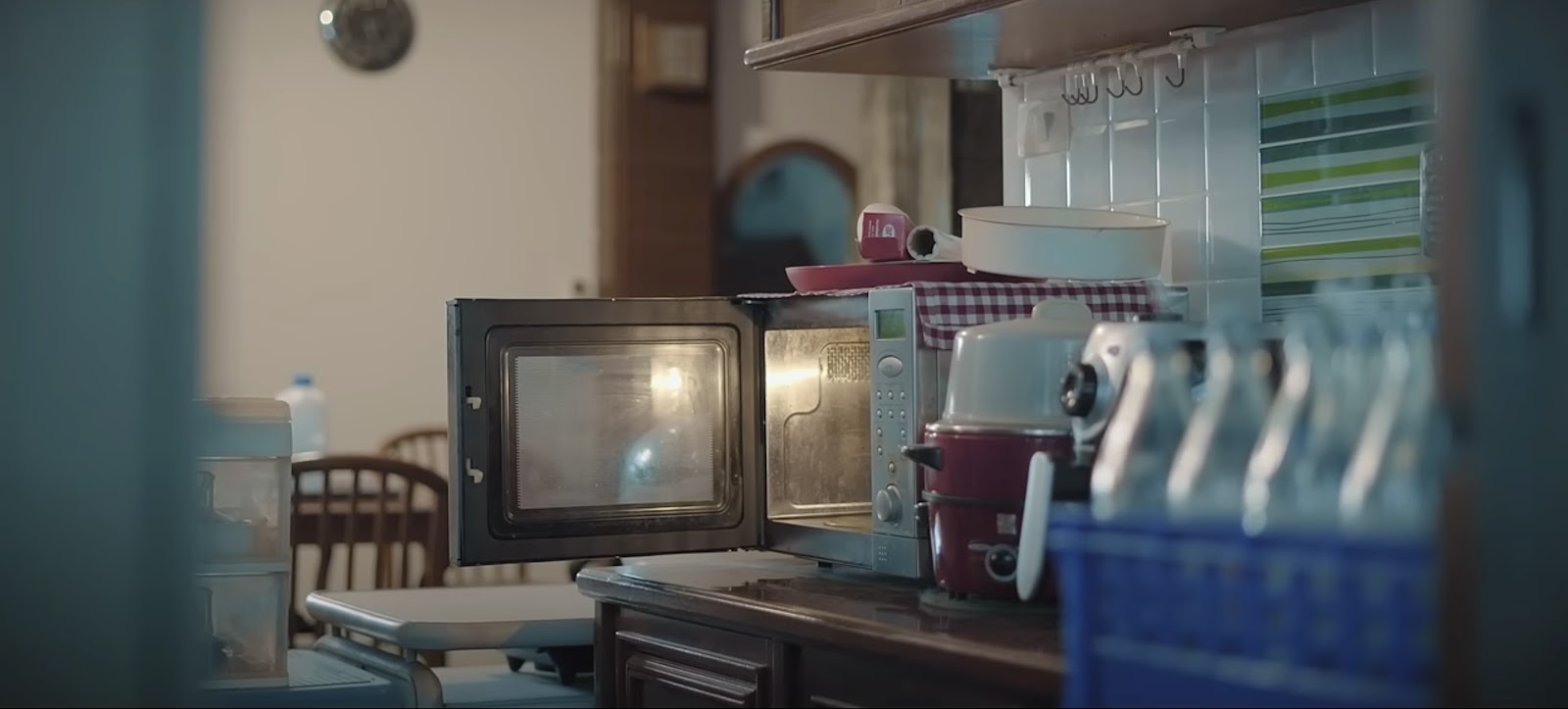'Shutter Island'- "Live as a Monster or Die a Good Man" Scene
' Shutter Island'- "Live a Monster or Die a Good Man" Scene
It is clear Teddy is being observed as there is a very long shot where we see three men watching from the distance but off to the side of the frame. All anticipating whether their treatment worked.
We have a long shot on Dr John Cawley which then switches to a medium shot to capture his disappointment as he clearly wanted Teddy to recover and to come to terms with reality. It is clear Cawley is saddened that the breakthrough did not stick as he cared for Teddy.
We then have another close up on Teddy and Chuck. This could insinuate that Teddy is unaware of what is happening around him as he only sees it as Chuck and him against everyone else when in reality everyone is actually trying to help him.
We then have another close up shot on Teddy and Chuck. The camera is placed so Chuck is the closest yet he is out of focus and Teddy is in focus. Even when Chuck is talking our focus is still placed on Teddy. Perhaps showing we are back in Teddy’s world and perspective.
We are then brought away from Teddy and are focused on men walking, we wonder what will happen to Teddy now. We then have a close up on a sharp object in a man’s hand bringing our point of focus to it, giving it significance and importance. It is covered by a white cloth at an attempt to conceal it. This perhaps foreshadows that Teddy will be sent to the light house as he cannot be treated. Teddy does now seem aware of what is happening around him as if he knows his fate. It raises questions that that he wanted his suffering to end and not have to live with the reality of his actions.
Teddy is kept in focus this whole time as he looks at his surroundings. The camera draws us in as Teddy says, “which would be worse, to live as a monster or die as a good man?”
This shot tracks Teddy as he stands up. We then change to a long shot. The camera is at a low angle making Teddy appear bigger and more powerful. Perhaps showing his mental growth and that he feels stronger as he has come to terms with the fact he no longer has to live as a monster. Or it could show he now has power over his fate and his reality. Teddy leaves the shot as we see Chuck at a long shot stood behind confused over Teddy’s words.
We then have a medium shot of Dr Cawley as he look at Teddy. They share a look of perhaps knowing that Teddy is aware of his fate or has excepted it. It then changes to a wide shot as Teddy walks off.
The final shot we see a rocky beach at a wide shot. The camera slowly pans to reveal the light house at a low angle making it look powerful. This gives us an answer on Teddy’s fate as the lighthouse is a metonymy of death. Yet you can’t help but wonder whether he knew he was Andrew and just no longer wanted to live as a monster.





Lots of accurate terminology and perceptive remarks about effect. Loads about shot types compared to a little about cam movement: I'd rather have had fewer shots analysed but with more development and balance across the different aspects of cinematography. Try that with The Dark Knight which I'll be setting up this week.
ReplyDelete